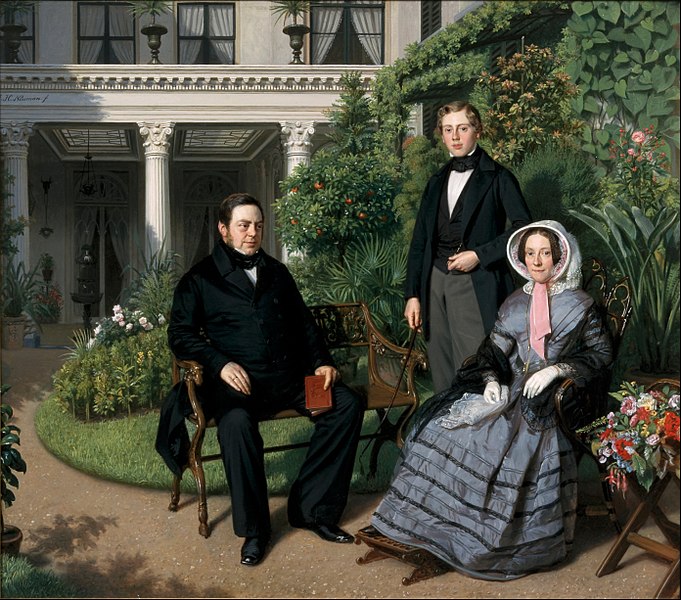In the 1990s, South Baltimore native Gordon Beard compiled a series of phrasebooks to help bewildered travelers understand his city’s residents:
amblanz — ambulance
bobwar — barbed wire
corter — quarter
flare — flower
goff — golf
har — hire
keerful — careful
mare — mayor
neck store — next door
orning — awning
plooshin — pollution
roolty — royalty
twunny — twenty
varse — virus
warsh — wash
yewmid — humid
John Goodspeed, for 17 years a columnist at the Baltimore Evening Sun, had compiled his own list in the 1960s:
ahrsh — Irish
chowld — child
dayon — down
harrid — Howard
koor — car
larnix — larynx
nass — nice
owen — on
shares — showers
urshter — oyster
Apparently the confusion has persisted for decades. “The life of a Baltimore Army lieutenant may have been saved by Baltimore during the Battle of the Bulge in World War II,” Goodspeed once reported. “Military police suspected him of being a German spy in an American uniform, but an M.P. from Baltimore heard the lieutenant pronounce his home town as ‘Balamer’ and passed him as genuine. Only a native can say it that way.”


